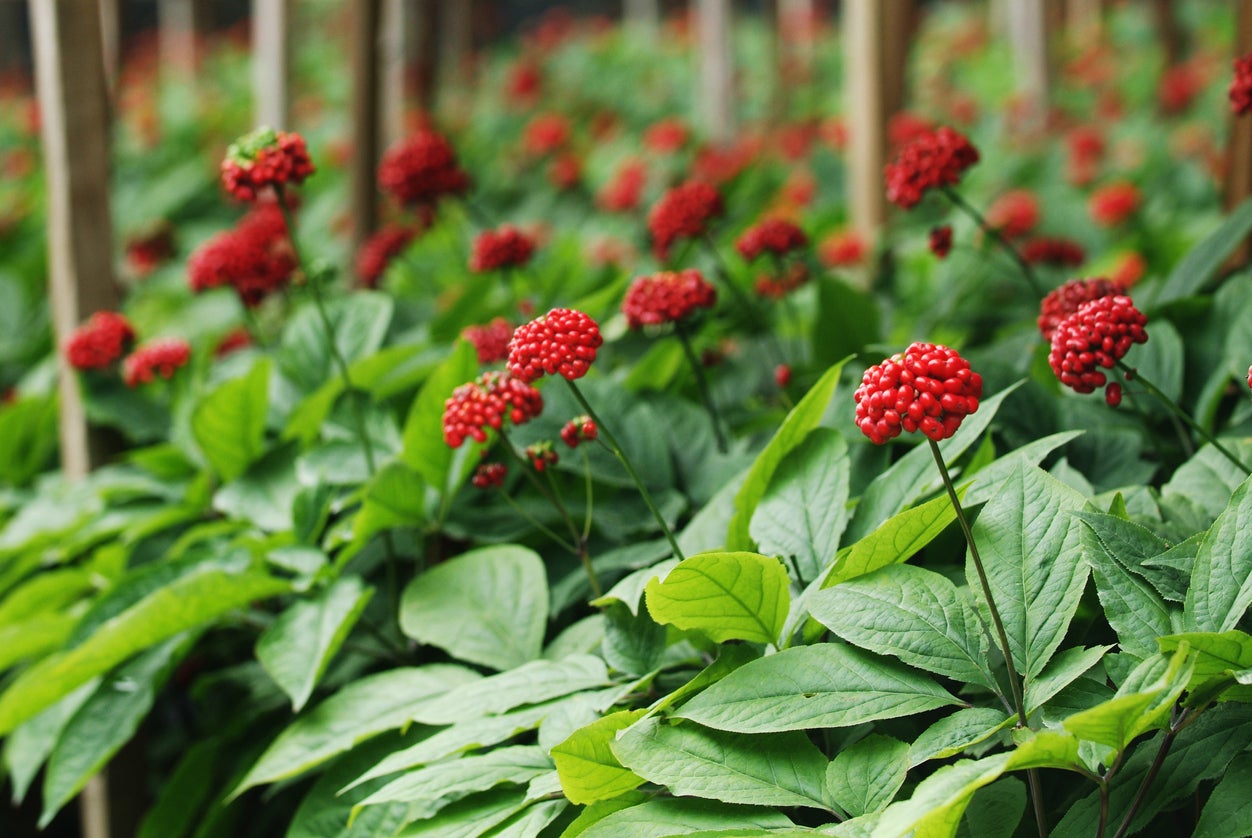Ailing Ginseng Plants – Identifying Common Ginseng Problems


Ginseng is a great plant to grow because you can enjoy a lot of potential health benefits from using the medicinal root and save money not buying supplements. There is evidence, albeit disputed, that ginseng can reduce inflammation, improve brain function, boost the immune system, reduce fatigue, and lower blood sugar. Unfortunately, there are a lot of ginseng problems you may encounter in the garden, as this is not the easiest plant to grow in quantity.
Potential Ginseng Plant Issues
Growing ginseng is not easy for beginners. There are a number of problems you’ll face, and those experienced with cultivating this plant suggest you throw out all your conventional knowledge about gardening; most of it won’t work with ginseng. Here are some of the issues you may face:
- Ginseng plants need shade.
- Depending on the conditions, ginseng can be very susceptible to damage from pests and diseases.
- It takes years for ginseng to grow to maturity.
- There is such a thing as ginseng poaching.
- Weeds can easily out-compete ginseng plants.
Managing Problems with Ginseng
It is possible to grow ginseng successfully, but it isn’t easy. There are some preventative strategies and maintenance work you can do to get a healthy harvest, but sometimes it comes down to trial and error.
- Ginseng grows best in 60 to 80 percent shade, which is why it grows naturally in forests. The best forest ecosystem is mixed hardwood and evergreen. Pure evergreen stands will not support ginseng. You can also create shade in your garden to grow this plant.
- Some common diseases your ginseng may develop are leaf blight, damping-off, and root rot. Avoid disease by providing the best conditions and keeping ginseng plants spread out from each other. Disease is less common in a natural, wooded setting. Most diseases are fungal, so you can try a fungicide to treat your plants if they show signs of infection.
- Pests can also be a big problem. Slugs are common and eat the leaves. A little bit of nibbling is not an issue, but an infestation can destroy plants. Use bait to kill slugs or mulch with sawdust to dry them out. Cutworms can also destroy leaves and should be managed with pesticide. Other insects may cause damage, but are not usually serious. Mice may eat the roots and deer can completely destroy ginseng crops.
- Competition from weeds and even young trees can cause ailing ginseng plants. If growing in the forest, pick an area with mature trees. Competition most affects ginseng in the first year of growth, so weed the growing area before planting and keep weeding until the ginseng is growing well.
- Poaching can always be an issue with growing ginseng. There is money to be made from this plant, so people will steal it. Do regular inspections of your area to deter poachers but vary the times for the element of surprise. Having a dog nearby to alert you to intruders can also help.
The problem of slow growth of ginseng is one that simply requires patience. If you are willing to test the bounds of gardening convention and be patient, growing ginseng can be very rewarding.
Sign up for the Gardening Know How newsletter today and receive a free copy of our e-book "How to Grow Delicious Tomatoes".

Mary Ellen Ellis has been gardening for over 20 years. With degrees in Chemistry and Biology, Mary Ellen's specialties are flowers, native plants, and herbs.